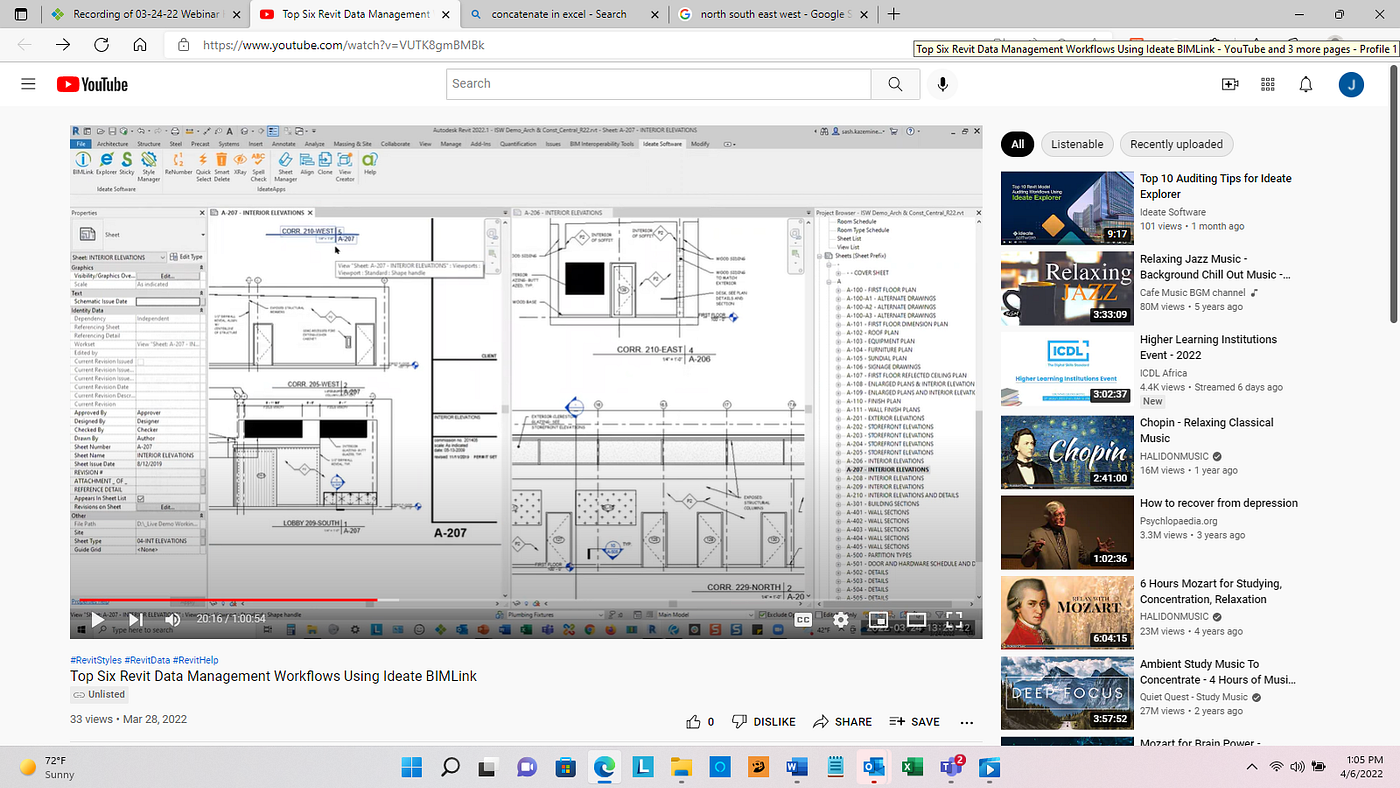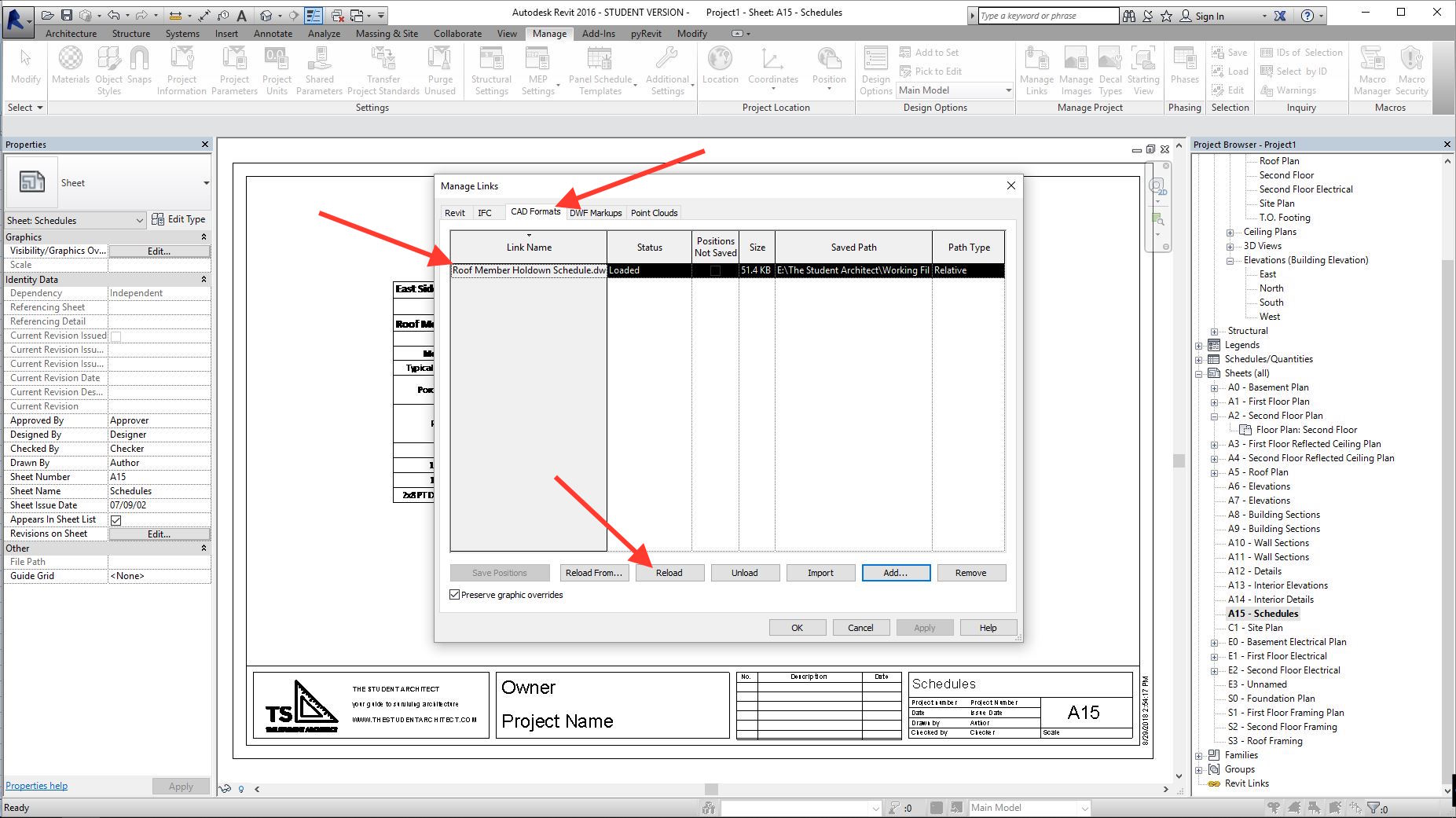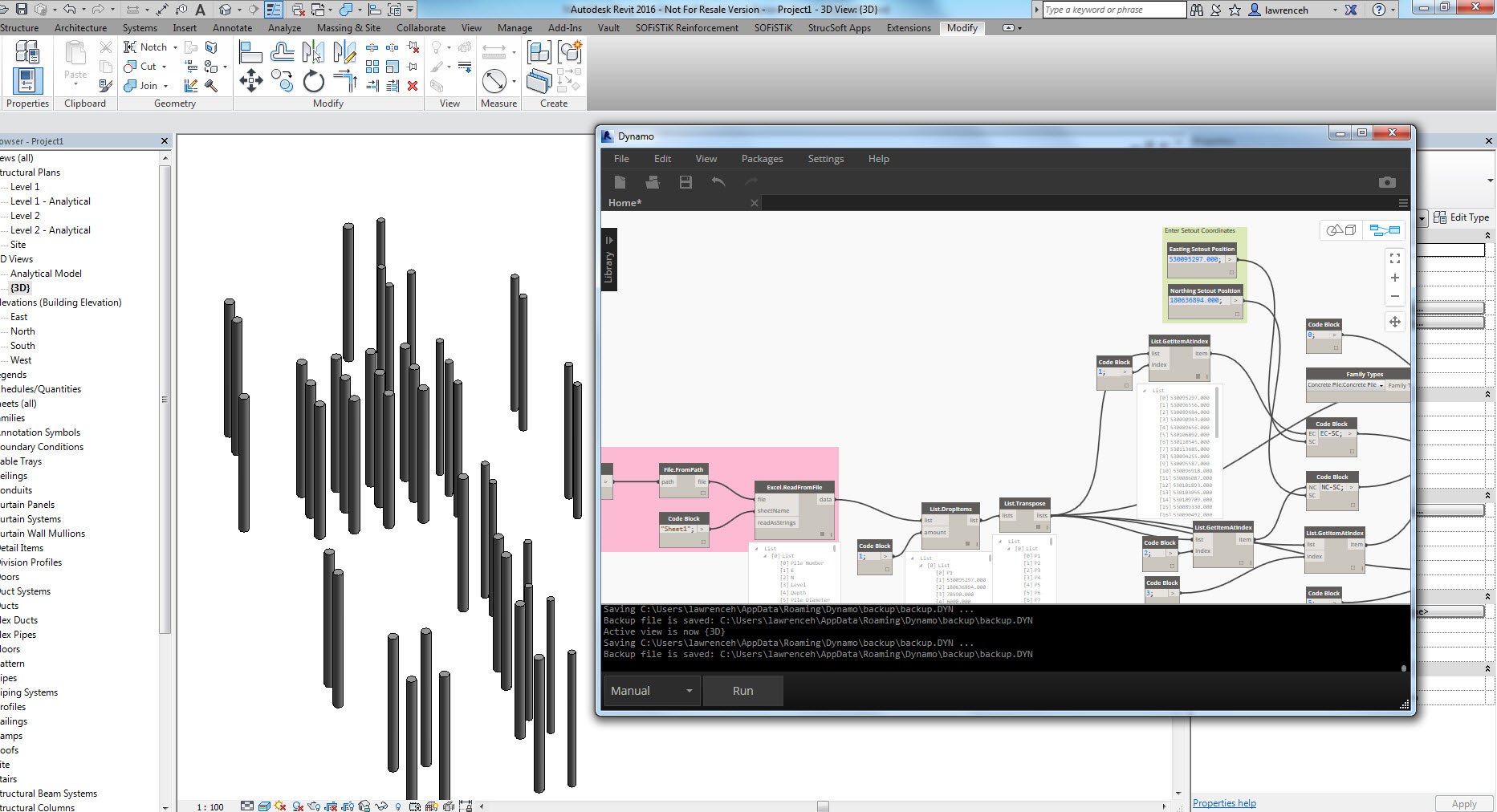Boost Your Workflow with Effective Revit Add Ins
Wiki Article
Excel-to-Revit: A Game-Changing Process for Architectural Design - Introducing the Tricks
Are you tired of spending hours on architectural style? Look no more! Presenting excel-to-revit, the game-changing workflow that will certainly reinvent your layout process. With excel-to-revit assimilation, you can enhance your architectural design, unlock performance, and maximize partnership within your group. In this short article, we will reveal the keys of this effective device, revealing you how it can change your style jobs. Prepare yourself to take your architectural layout to the next degree with excel-to-revit!The Power of Excel-to-Revit Combination

Imagine the convenience of having the ability to modify and upgrade project information in Excel, and instantly see those changes reflected in your Revit design. Say goodbye to hands-on information entrance or tiresome updates. With Excel-to-Revit combination, you can save time and lower mistakes by leveraging the power of Excel's functions and solutions to automatically produce exact data in Revit.
Not just does this integration boost effectiveness, yet it likewise improves partnership among employee. You can quickly share Excel documents with colleagues, who can then import the data right into their Revit models. This advertises a seamless exchange of details and makes certain that every person is dealing with the most up-to-date information.

Streamlining Building Style With Excel-To-Revit
Streamlining architectural design is made easier with using Excel-to-Revit (revit tools). With this effective assimilation, you can optimize your process and conserve important time throughout the style process. By leveraging the capacities of Excel and Revit, you can flawlessly transfer data in between the 2 platforms, eliminating the need for manual information access and lowering the threat of mistakesExcel-to-Revit permits you to import and export information effortlessly, allowing you to easily upgrade and modify your building styles. You can produce timetables, compute quantities, and generate records in Excel, and after that move that information directly into your Revit model. This combination guarantees that your design info is always current and synchronized, getting rid of the demand for manual updates and minimizing the chances of disparities.
By making use of Excel-to-Revit, you can likewise take advantage of the powerful computational capacities of Excel. You can do complicated computations, analyze information, and automate recurring jobs, all within Excel. Then, with simply a few clicks, you can import the results back into Revit, permitting you to make informed style decisions and maximize your building designs.
Opening Effectiveness: Checking Out the Excel-to-Revit Process
Optimize your efficiency by flawlessly integrating Excel and Revit for an extra reliable process. With the Excel-to-Revit process, you can unlock a whole new level of efficiency in your building style process. By utilizing the power of Excel's data monitoring abilities and integrating it with the versatility and accuracy of Revit, you can streamline your design process and save important time.Among the key advantages of this combination is the ability to import and export information in between Excel and Revit. This suggests that you can quickly transfer job information, such as room schedules or material quantities, from one software application to the various other, eliminating the requirement for manual data access and reducing the opportunities of errors. You can additionally develop custom-made solutions and computations in Excel to automate repetitive tasks and carry out complicated calculations, which can after that be flawlessly integrated right into your Revit versions.
In Addition, the Excel-to-Revit workflow enables better sychronisation and cooperation in between employee. With Excel serving as a main data hub, several group participants can service various elements of the task all at once, upgrading and sharing details in real-time. This not only improves communication yet likewise makes certain that everybody is dealing with the most current data, getting rid of the danger of disparities.
Making Best Use Of Cooperation: Excel-to-Revit for Architectural Teams
By perfectly incorporating Excel and Revit, building groups can significantly enhance collaboration and attain extra effective style outcomes. When using this effective process, you can easily move information in between Excel spread sheets and Revit models, improving the layout process and improving interaction among team participants.In addition, by leveraging Excel's effective estimation capacities, you can carry out intricate calculations and analysis on your style data, driving and providing beneficial understandings informed decision-making. This assimilation also allows you to export data from Revit to Excel, enabling you to develop thorough reports, charts, and graphs for discussions and analysis. This collective workflow promotes effective communication and sychronisation amongst group participants, as Excel works as a central hub for information management and sharing.
Total, by accepting the Excel-to-Revit process, architectural teams can achieve greater levels of collaboration, effectiveness, and accuracy in their design procedure. revit tool. This assimilation empowers groups to interact perfectly, ensuring that everyone gets on the exact same page and adding to the success of the job
Unveiling the Secrets of Excel-to-Revit Assimilation

One of the keys of Excel-to-Revit assimilation is the capability to utilize the power of formulas and computations in Excel to drive specifications and generate complicated geometries in Revit. You can connect Excel sites spreadsheets to Revit families, allowing you to input data straight into the spread sheet and have it instantly upgrade in the Revit design. This streamlines the design procedure and makes certain precision and uniformity throughout the task.
One more trick is the ability to create custom-made routines and reports in Excel, using information extracted from Revit. This permits you to evaluate and picture project find this information in a manner that is not possible within Revit alone. You can easily create amount liftoffs, price quotes, and project timelines, giving beneficial understandings for decision-making and project monitoring.
Additionally, Excel-to-Revit assimilation enables effective cooperation amongst group members. Multiple customers can work with the exact same Excel spreadsheet at the same time, making it much easier to work with and track modifications. You can also use Excel's commenting feature to offer feedback or interact layout alterations.
Final Thought
By incorporating the power of Excel and Revit, engineers can now work much more successfully, conserve time, and generate far better styles. Begin incorporating excel-to-revit combination into your architectural style procedure today and reinvent the means you function.With simply a couple of clicks, you can import the outcomes back into Revit, permitting you to make educated layout choices and enhance your architectural layouts.
By using the power of Excel's information management abilities and incorporating it with the adaptability and precision of Revit, you can enhance your style process and conserve important time.
By flawlessly integrating Excel and Revit, building teams can considerably improve cooperation and attain a lot more effective design my review here end results. When using this effective process, you can conveniently transfer data between Excel spread sheets and Revit models, simplifying the style process and enhancing communication among team participants.Furthermore, by leveraging Excel's effective computation capacities, you can perform complicated calculations and analysis on your layout data, providing beneficial understandings and driving educated decision-making.
Report this wiki page